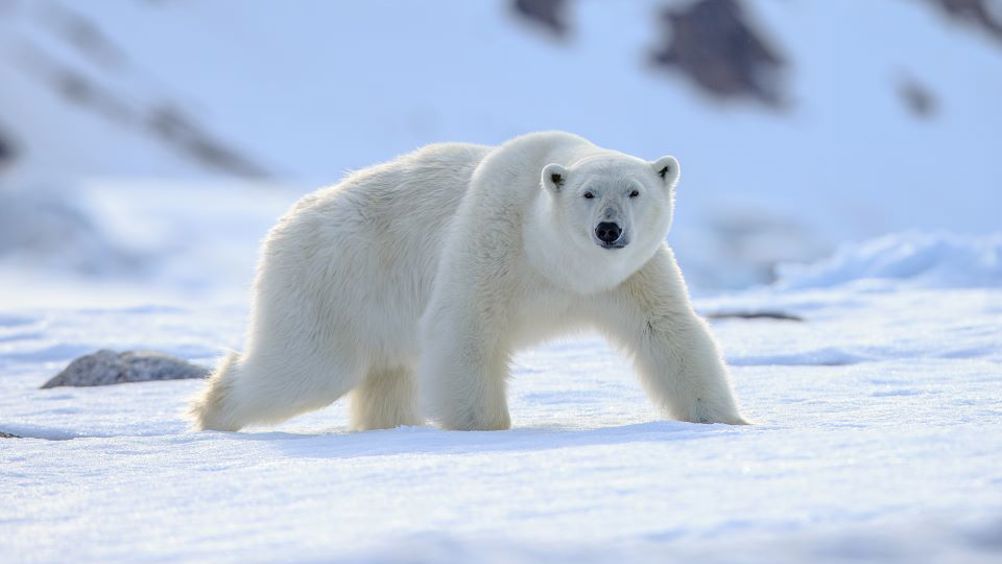Engineers replicate polar bear strategy for keeping warm
Engineers at the University of Massachusetts Amherst have created a textile that replicates the functions of a polar bear’s fur and skin to keep the animal warm.

The results, published in ACS Applied Materials and Interfaces, are being developed into commercially available products.
Polar bears endure temperatures as low as -46°C, and they have many adaptations that allow them to thrive when the temperature plummets.
According to UMass Amherst, one of the major discoveries of the last few decades is that many polar animals use the sunlight to maintain their temperature. Scientists understand that part of the bears’ secret is their white fur, which transmits solar radiation toward the bears’ skin.
“But the fur is only half the equation…The other half is the polar bears’ black skin,” said the paper’s senior author, Trisha L. Andrew, associate professor of chemistry and adjunct in chemical engineering at UMass Amherst.
Andrew said polar bear fur is essentially a natural fibreoptic, conducting sunlight down to the bears’ skin, which absorbs the light. The fur is also good at preventing the now-warmed skin from radiating out warmth.
Register now to continue reading
Thanks for visiting The Engineer. You’ve now reached your monthly limit of news stories. Register for free to unlock unlimited access to all of our news coverage, as well as premium content including opinion, in-depth features and special reports.
Benefits of registering
-
In-depth insights and coverage of key emerging trends
-
Unrestricted access to special reports throughout the year
-
Daily technology news delivered straight to your inbox










Water Sector Talent Exodus Could Cripple The Sector
Maybe if things are essential for the running of a country and we want to pay a fair price we should be running these utilities on a not for profit...